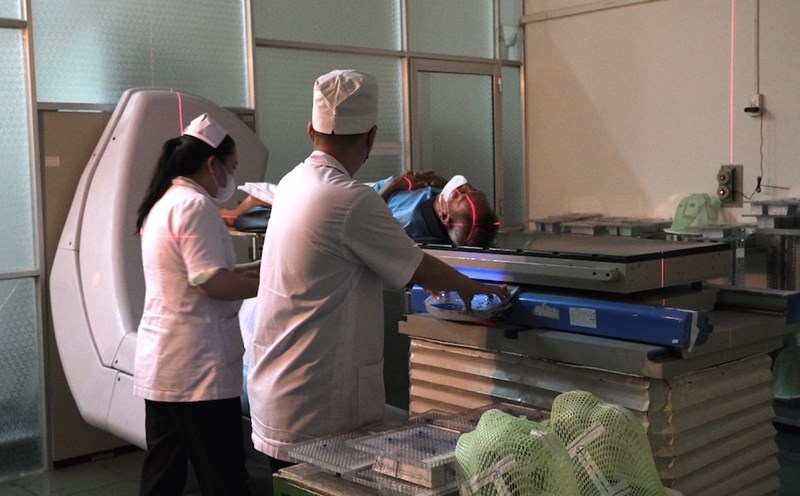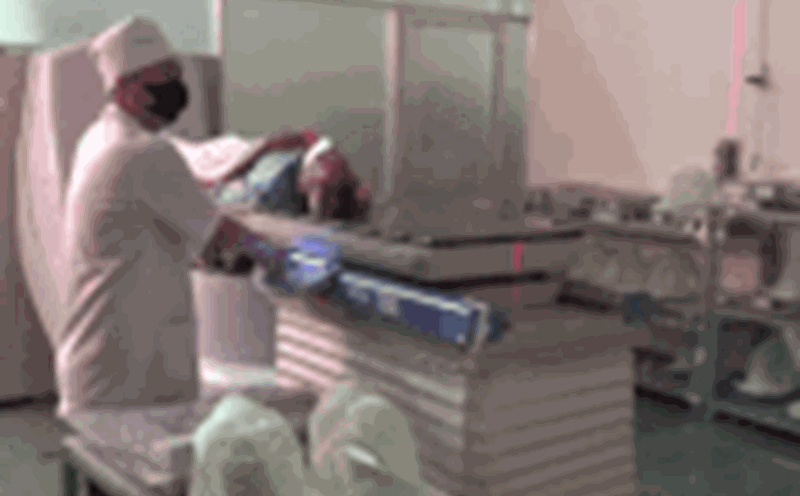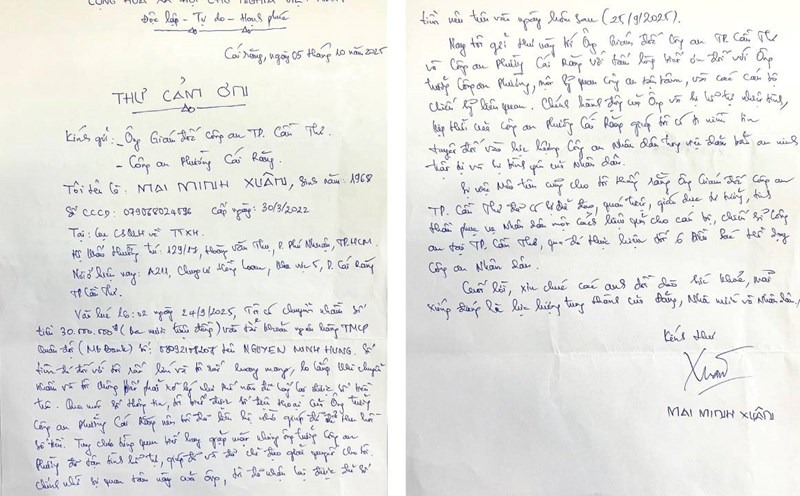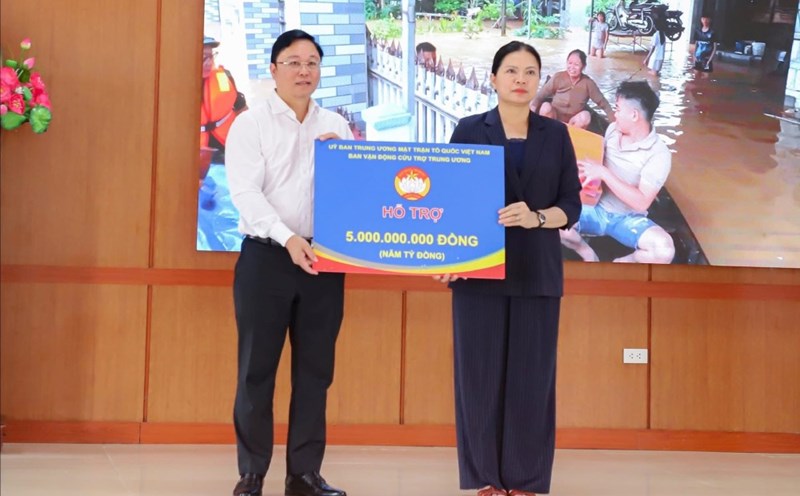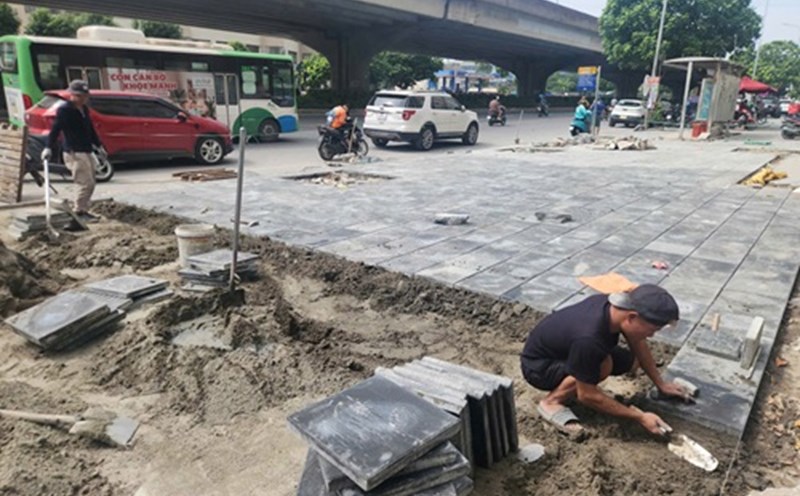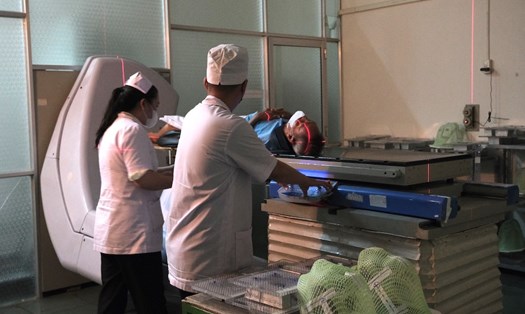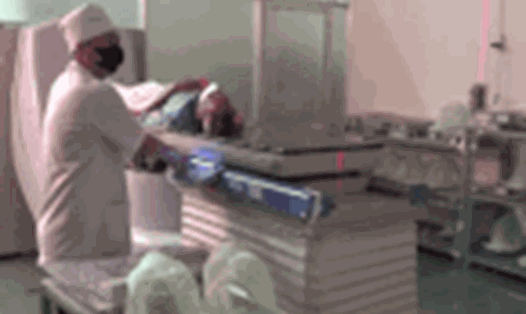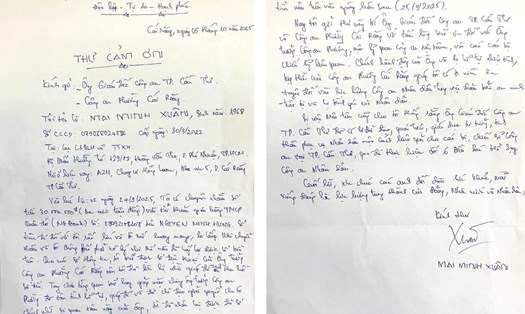On the afternoon of October 30, Hoan My Cuu Long Hospital said that Mr. L (64 years old, Ca Mau province), admitted to the hospital in a state of difficulty breathing, fatigue, leg edema, was diagnosed with severe double-leaf valve failure, severe heart failure, high blood pressure, pneumonia, and edema.
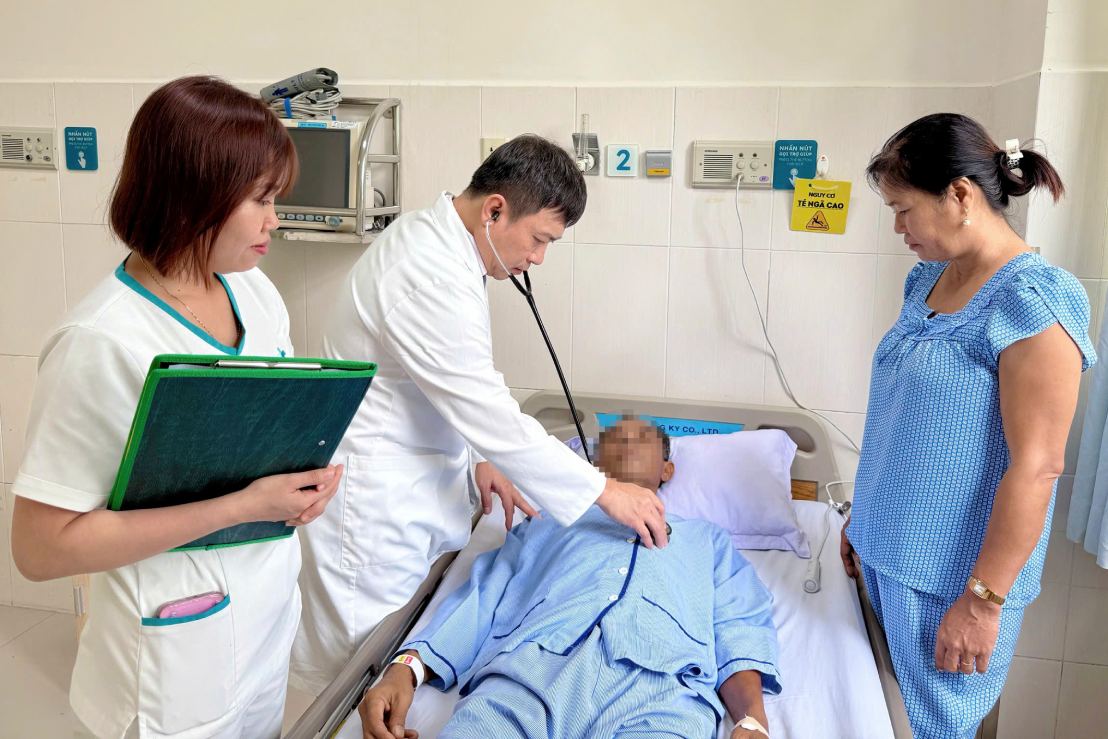
Through examination, ultrasound and paraclinical tests, doctors determined that the patient needed surgical intervention to treat heart damage as soon as possible.
Accordingly, instead of performing traditional open surgery, the heart surgery team decided to apply the minimal Invasion Surgery method (MICS). This is a technique of drainage a small line about 4-6 cm in the 4-sided interstitial cavity on the right side of the side of the road, helping to reach the heart area requiring intervention without sternum sawing, thereby reducing pain, less blood loss and shortening recovery time.
To minimize the feeling of pain after surgery and use as few painkillers as possible, anesthesiologists and resuscitation specialists have combined epidermal prosthetic anesthesia (ESP) - an advanced technique applied in modern cardiovascular centers.
This method helps block the pathway to transmit pain in the chest area, allowing patients to stay alert early, reduce the need for systemic painkillers, limit the side effects of morfin and help breathe and move faster after surgery.
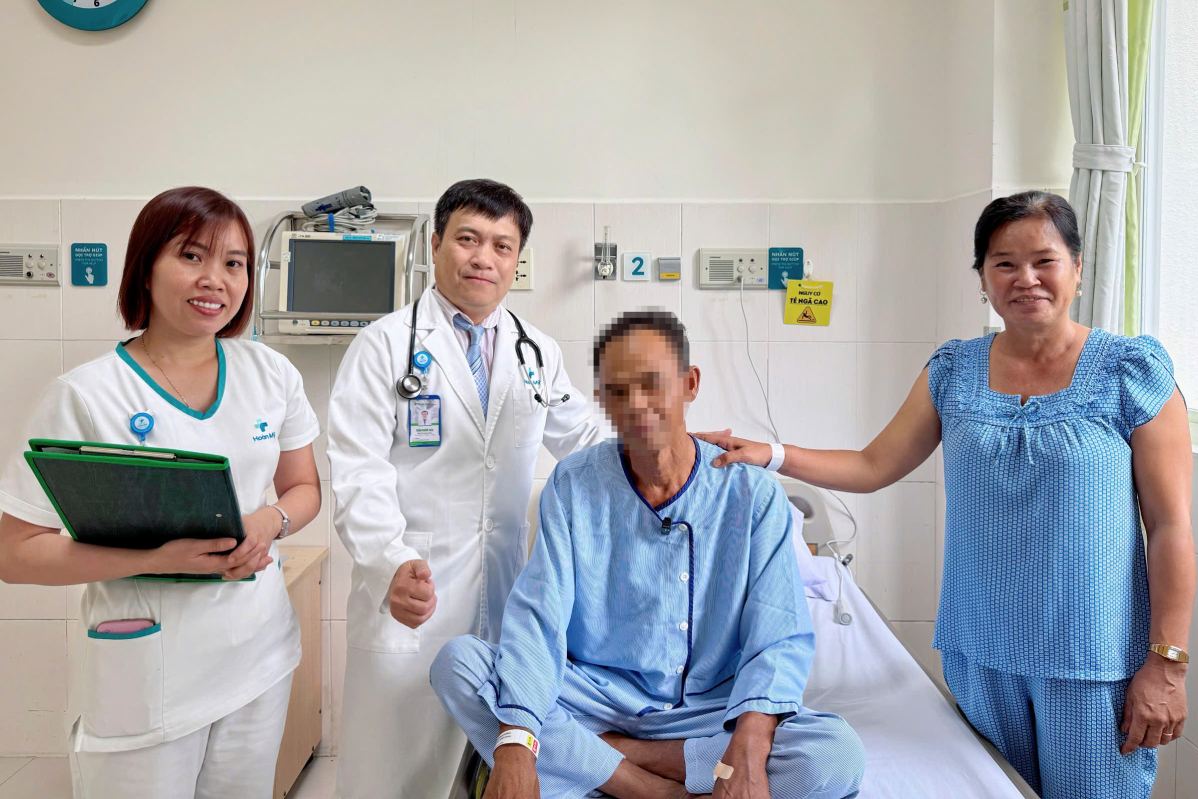
Thanks to the coordination between specialties, the patient quickly stabilized, significantly reducing post-operative pain, eating early, recovering well and being discharged after 5 days of treatment.
According to MSc. Dr. Tran Phuoc Hoa - Head of the Department of Cardiovascular Surgery - Thoracic Surgery - Resuscitation after heart surgery, the synchronous application of MICS heart surgery technique combined with ESP anesthesia shows the high technical mastery of the medical team, bringing a more gentle and safer treatment experience to patients.

